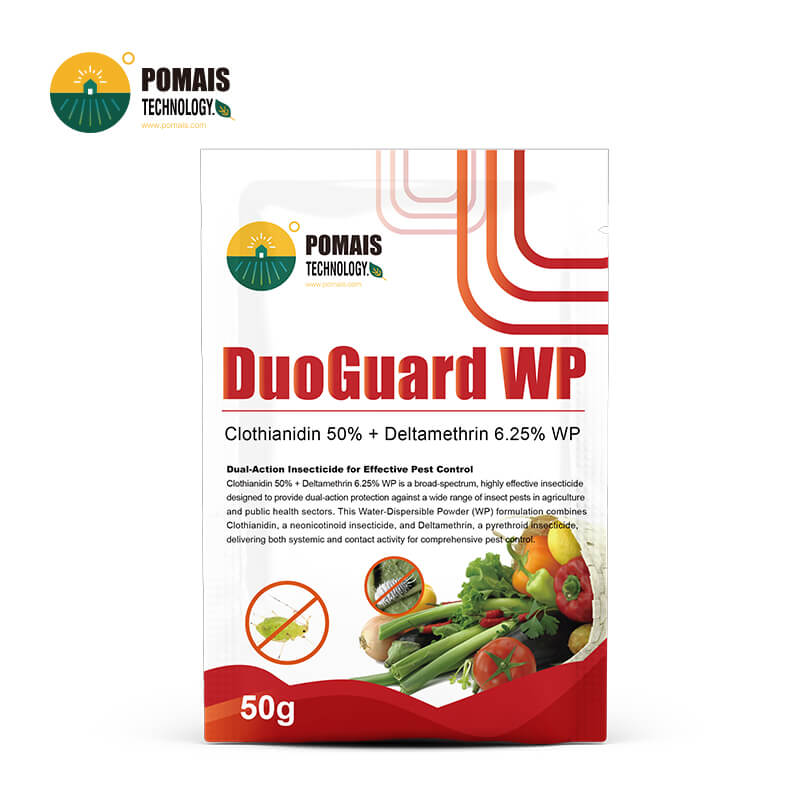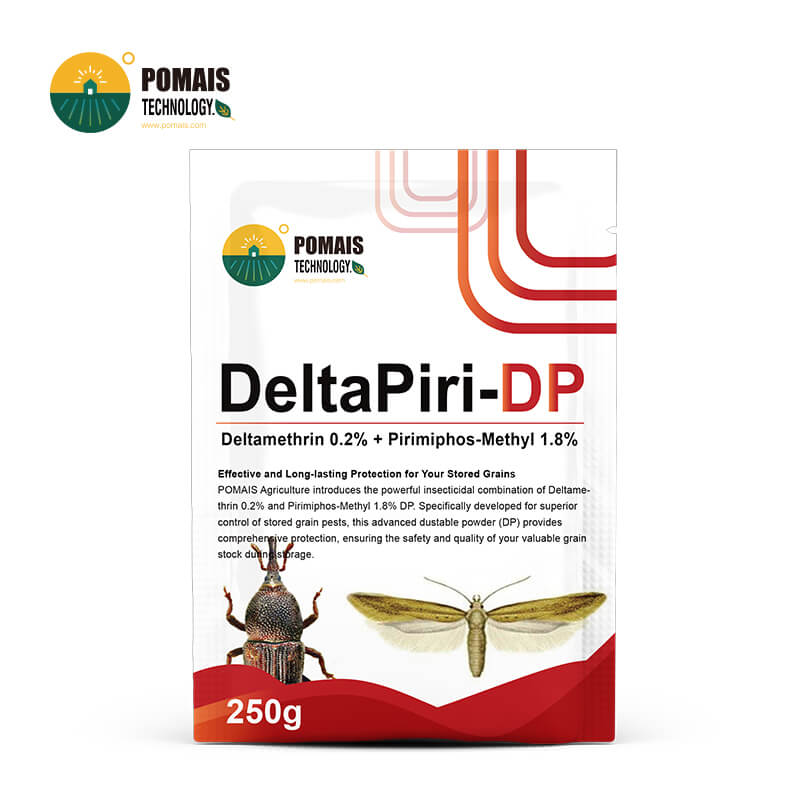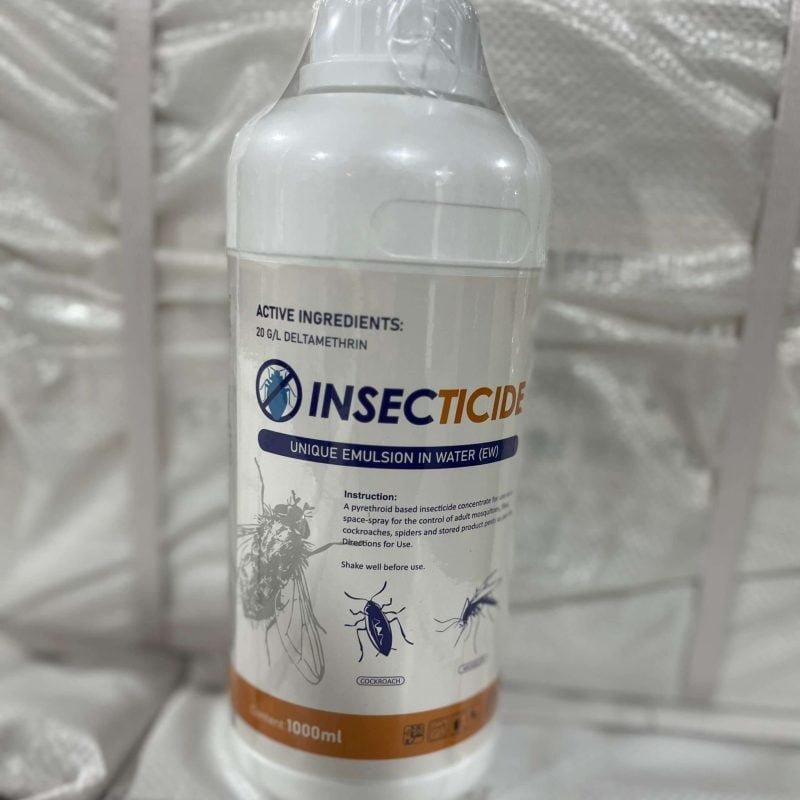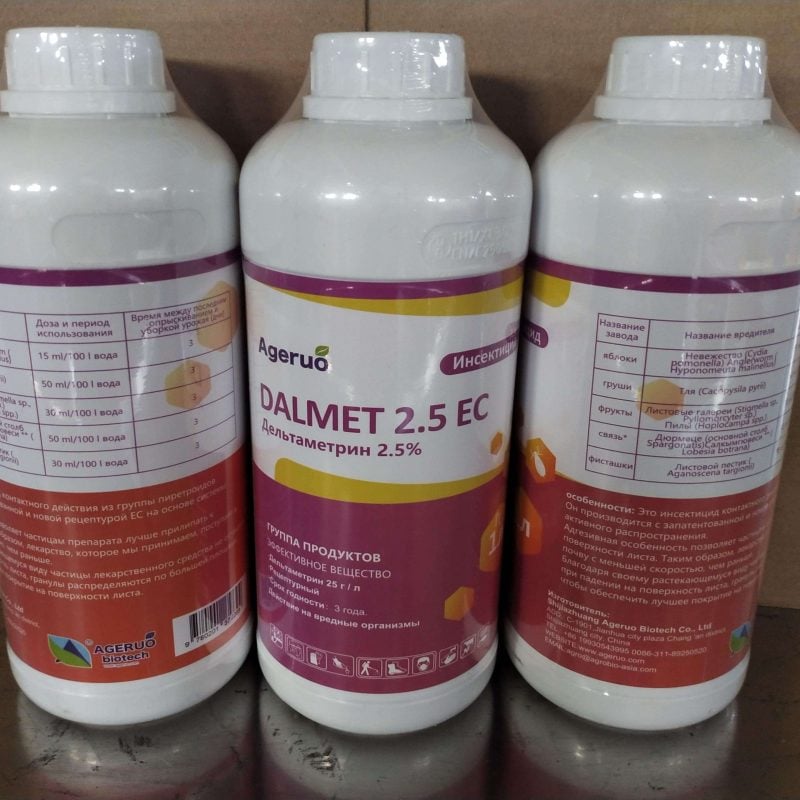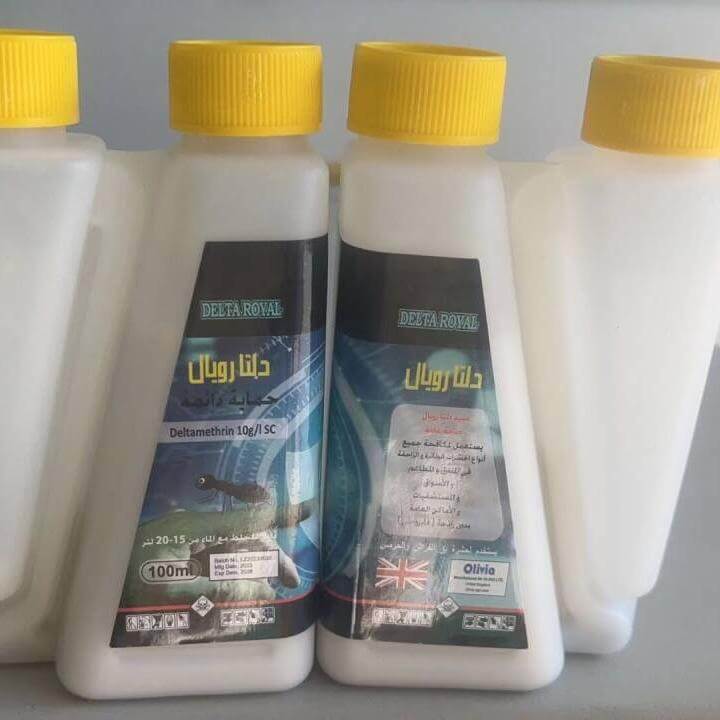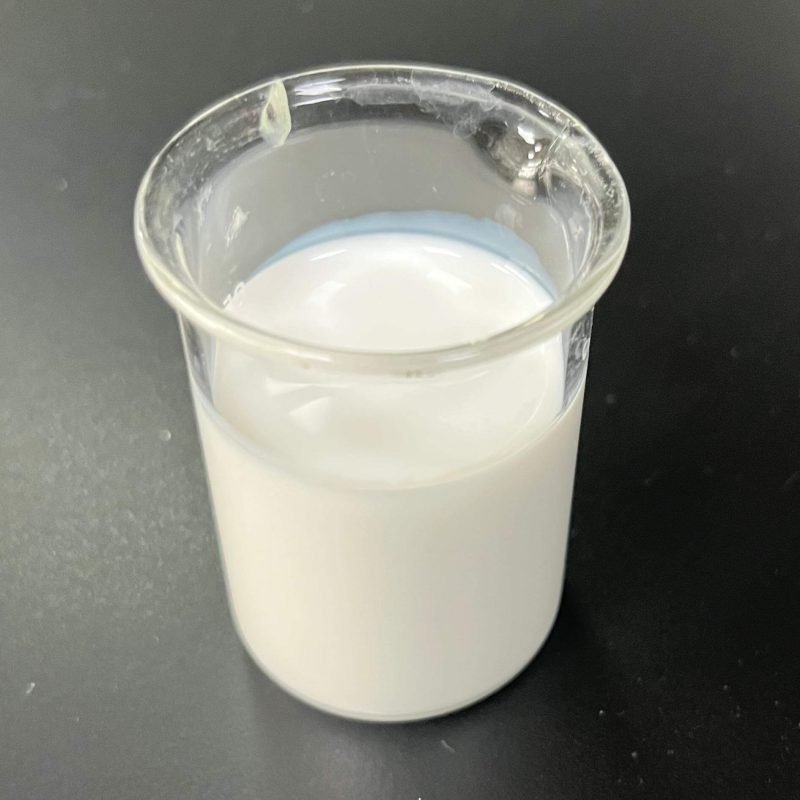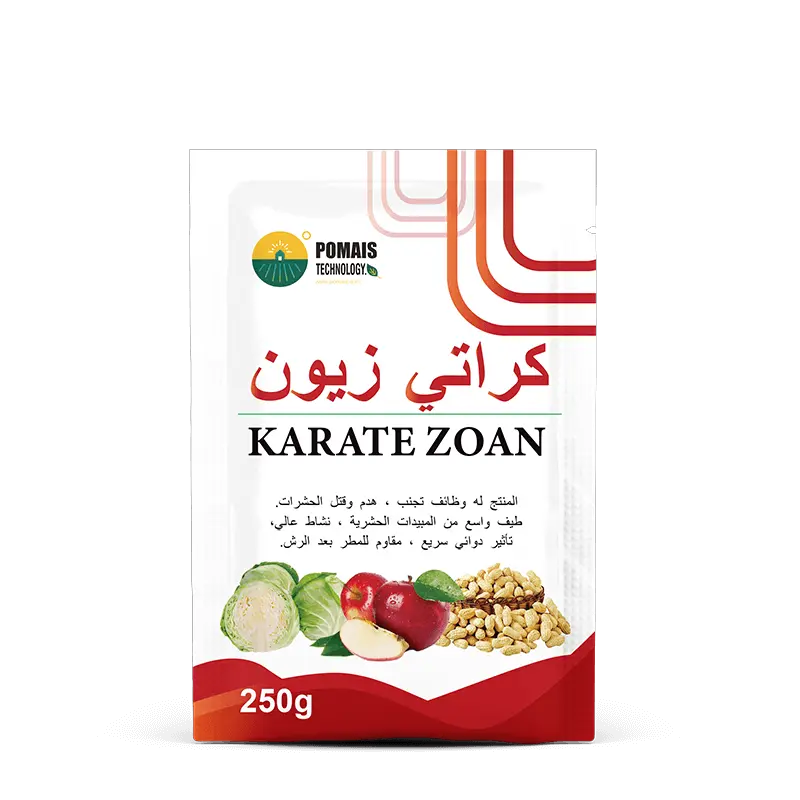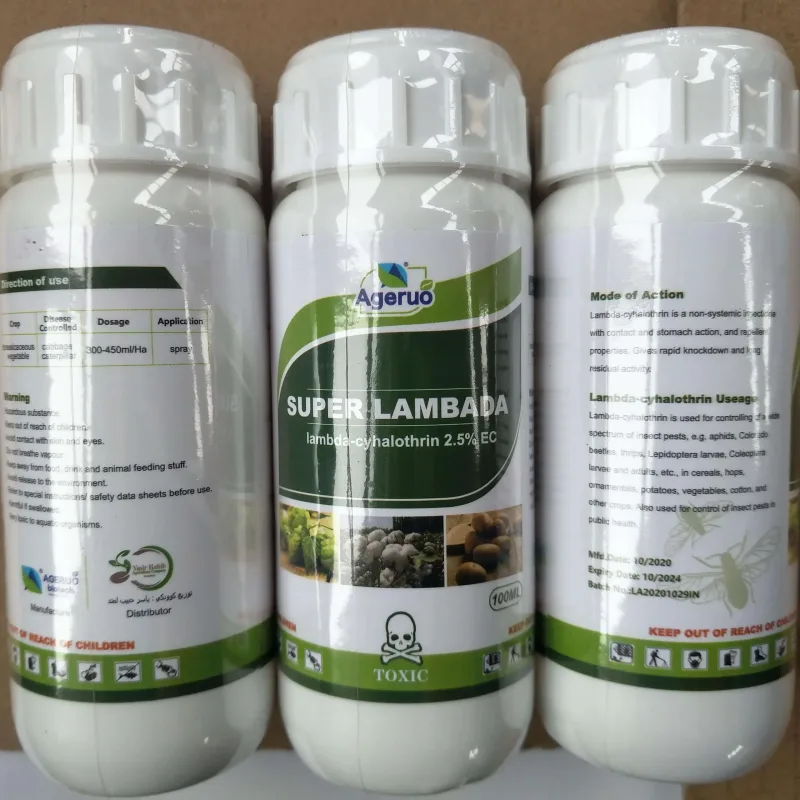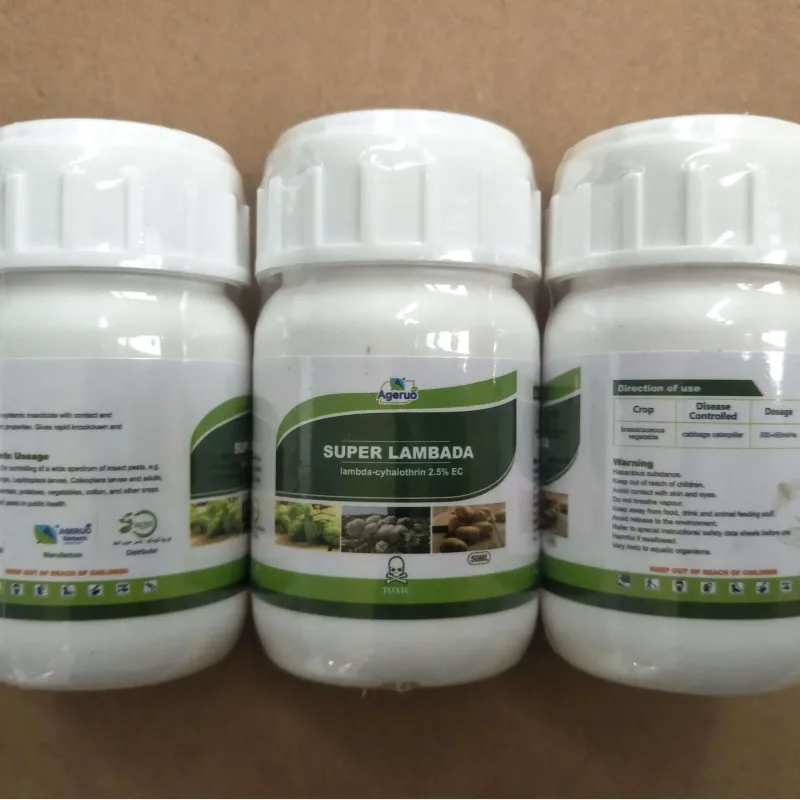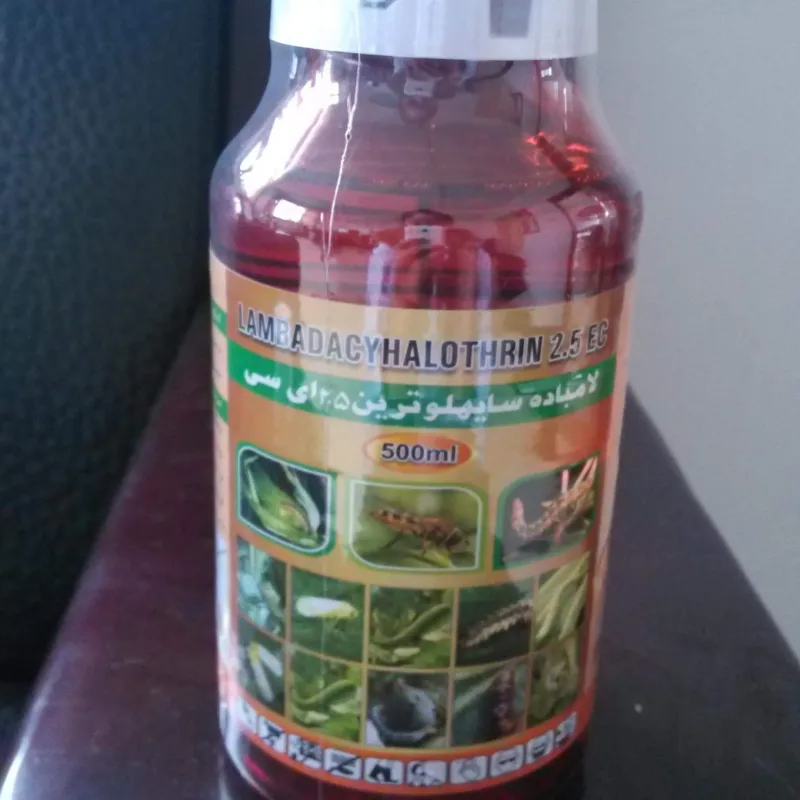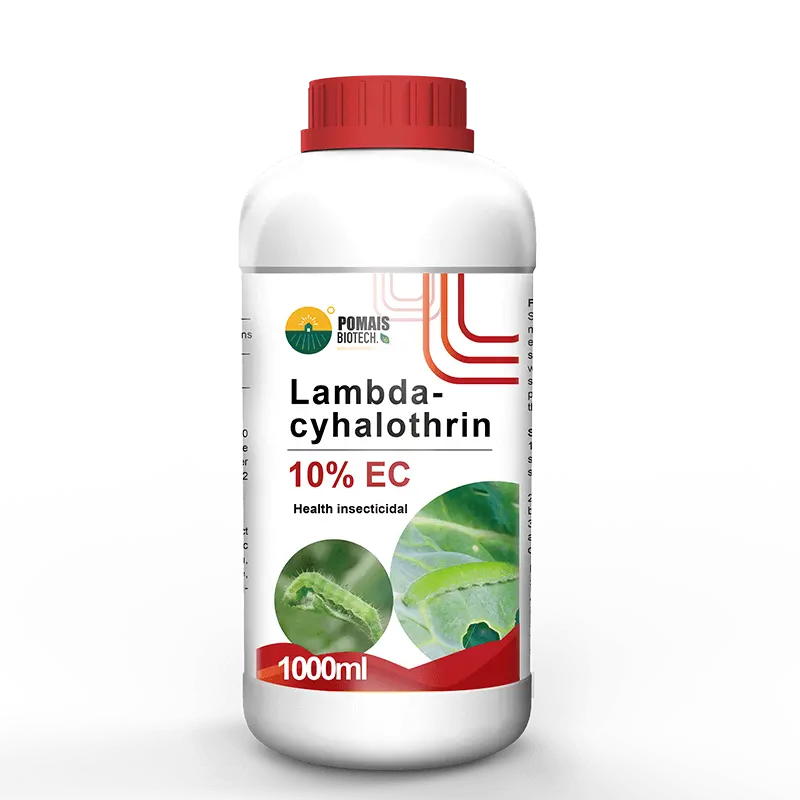Deltamethrin vs Lambda-Cyhalothrin
Why Compare Deltamethrin and Lambda-Cyhalothrin?
If you’re involved in pest management—whether in agriculture, public health, stored grain protection, or structural pest control—selecting the right insecticide is crucial to achieving long-lasting efficacy while managing resistance, environmental safety, and cost. Deltamethrin and Lambda-Cyhalothrin are two of the most trusted pyrethroid insecticides (IRAC Group 3A), widely used to eliminate a range of flying and crawling insects. While both offer rapid knockdown and broad-spectrum control, their performance, residual activity, target spectrum, and regulatory fit differ significantly.
By understanding the core differences between Deltamethrin and Lambda-Cyhalothrin, you can make a more informed, effective, and economical decision for your pest control strategy.
What Is Deltamethrin?
Deltamethrin is a synthetic pyrethroid insecticide well-known for its fast-acting knockdown and long residual effect. It works by disrupting sodium channel function in the insect’s nervous system, leading to paralysis and death.
Key Features:
- Mode of Action: Sodium channel modulator (IRAC Group 3A)
- Target Pests: Mosquitoes, flies, beetles, moths, ants, grain weevils
- Applications: Public health, agriculture, stored product protection, residential and commercial spaces
- Translocation: Non-systemic, contact and stomach poison
- Residual Activity: Up to 90 days on non-porous surfaces
What Is Lambda-Cyhalothrin?
Lambda-Cyhalothrin is another potent pyrethroid, known for its higher potency, rapid knockdown, and broad-spectrum effectiveness—especially against resistant pest strains. Like Deltamethrin, it targets sodium channels, but it’s often preferred in agricultural pest control and vector management programs due to its strong efficacy at low doses.
Key Features:
- Mode of Action: Sodium channel modulator (IRAC Group 3A)
- Target Pests: Aphids, thrips, armyworms, beetles, mosquitoes, cockroaches
- Applications: Agriculture, vector control, pest management programs
- Translocation: Non-systemic, contact and ingestion
- Residual Activity: 60–90 days depending on formulation and environment
Quick Comparison Table: Deltamethrin vs Lambda-Cyhalothrin
| Feature | Deltamethrin | Lambda-Cyhalothrin |
|---|---|---|
| Chemical Class | Pyrethroid (Type II) | Pyrethroid (Type II) |
| Mode of Action | Sodium channel disruptor (3A) | Sodium channel disruptor (3A) |
| Potency | High | Very high (effective at lower dose) |
| Residual Activity | Long (up to 90 days) | Medium-Long (60–90 days) |
| Target Spectrum | Excellent for flying insects | Excellent for both flying and crawling |
| Recommended Usage | Public health, storage, general use | Crop protection, vector control, IPM |
| Odor & Staining | Low odor, minimal staining | Very low odor, microcapsule = cleaner use |
| Resistance Profile | Moderate | Better performance on resistant strains |
| Cost Efficiency | Economical for broad area use | More expensive per liter, but lower dose |
In-Depth Comparison: Which Is Better for Your Use Case?
1. Potency and Dose Rate
Lambda-Cyhalothrin is generally more potent than Deltamethrin, meaning you can use lower active ingredient concentrations to achieve similar or even superior results. This can translate into cost savings per hectare in large-scale applications, despite a higher per-liter price.
2. Target Pest Range
While both are broad-spectrum, Lambda-Cyhalothrin is particularly effective against leaf-feeding pests in agriculture (e.g., armyworms, aphids, thrips), making it a preferred option in row crop pest management. Deltamethrin, however, excels in stored product protection and flying insect control in residential and commercial settings.
3. Residual and Environmental Stability
Deltamethrin tends to have slightly longer residual activity on hard surfaces, making it ideal for warehouses, factories, or wall treatments. Lambda-Cyhalothrin, especially in microencapsulated formulations (CS), performs better under UV exposure and rainfastness, maintaining effectiveness in outdoor settings.
4. Safety and Odor Profile
Lambda-Cyhalothrin in capsule suspension form is virtually odorless and non-staining, making it highly suitable for indoor, sensitive, or commercial environments like hotels, hospitals, and schools. Deltamethrin is also low-odor but may vary depending on formulation type.
5. Resistance Management
If you are encountering pyrethroid-resistant pest strains, Lambda-Cyhalothrin has shown greater efficacy in resistance management programs, especially against public health vectors like mosquitoes and agricultural pests like bollworms.
6. Regulatory Considerations
Lambda-Cyhalothrin is under stricter regulatory review in some countries due to residue limits in food and feed. For instance, its use has been restricted on crops destined for animal feed in markets like Canada. Deltamethrin, on the other hand, remains widely approved for public health use under WHO guidelines.
Conclusion: Which Should You Choose?
If your priority is:
- Long-lasting residual control in indoor or enclosed spaces – Choose Deltamethrin.
- High-potency, fast-acting control in agricultural or vector management – Go with Lambda-Cyhalothrin.
- Odor-free, non-staining application in sensitive environments – Prefer Lambda-Cyhalothrin (CS formulation).
- Low-cost area-wide spraying or stored product protection – Select Deltamethrin for better cost-effectiveness.
For maximum effectiveness and resistance prevention, many programs benefit from rotating both active ingredients or combining them with other classes like organophosphates or neonicotinoids as part of an Integrated Pest Management (IPM) strategy.
Our Services: High-Quality Insecticide Solutions for Global Partners
At Shijiazhuang Pomais Technology Co., Ltd., we manufacture and supply both Deltamethrin and Lambda-Cyhalothrin in a variety of formulations:
- OEM/ODM branding and packaging support
- Free samples and technical data sheets available
- Regulatory document assistance: SDS, COA, MSDS, TDS, WHO guidelines
Whether you are a distributor, brand owner, or pest control service provider, we are ready to help you deliver reliable, market-ready insecticide products tailored to your region and client needs.
Contact us today to request pricing, samples, or formulation development.
Why Compare Deltamethrin and Lambda-Cyhalothrin?
If you’re involved in pest management—whether in agriculture, public health, stored grain protection, or structural pest control—selecting the right insecticide is crucial to achieving long-lasting efficacy while managing resistance, environmental safety, and cost. Deltamethrin and Lambda-Cyhalothrin are two of the most trusted pyrethroid insecticides (IRAC Group 3A), widely used to eliminate a range of flying and crawling insects. While both offer rapid knockdown and broad-spectrum control, their performance, residual activity, target spectrum, and regulatory fit differ significantly.
By understanding the core differences between Deltamethrin and Lambda-Cyhalothrin, you can make a more informed, effective, and economical decision for your pest control strategy.
What Is Deltamethrin?
Deltamethrin is a synthetic pyrethroid insecticide well-known for its fast-acting knockdown and long residual effect. It works by disrupting sodium channel function in the insect’s nervous system, leading to paralysis and death.
Key Features:
- Mode of Action: Sodium channel modulator (IRAC Group 3A)
- Target Pests: Mosquitoes, flies, beetles, moths, ants, grain weevils
- Applications: Public health, agriculture, stored product protection, residential and commercial spaces
- Translocation: Non-systemic, contact and stomach poison
- Residual Activity: Up to 90 days on non-porous surfaces
What Is Lambda-Cyhalothrin?
Lambda-Cyhalothrin is another potent pyrethroid, known for its higher potency, rapid knockdown, and broad-spectrum effectiveness—especially against resistant pest strains. Like Deltamethrin, it targets sodium channels, but it’s often preferred in agricultural pest control and vector management programs due to its strong efficacy at low doses.
Key Features:
- Mode of Action: Sodium channel modulator (IRAC Group 3A)
- Target Pests: Aphids, thrips, armyworms, beetles, mosquitoes, cockroaches
- Applications: Agriculture, vector control, pest management programs
- Translocation: Non-systemic, contact and ingestion
- Residual Activity: 60–90 days depending on formulation and environment
Quick Comparison Table: Deltamethrin vs Lambda-Cyhalothrin
| Feature | Deltamethrin | Lambda-Cyhalothrin |
|---|---|---|
| Chemical Class | Pyrethroid (Type II) | Pyrethroid (Type II) |
| Mode of Action | Sodium channel disruptor (3A) | Sodium channel disruptor (3A) |
| Potency | High | Very high (effective at lower dose) |
| Residual Activity | Long (up to 90 days) | Medium-Long (60–90 days) |
| Target Spectrum | Excellent for flying insects | Excellent for both flying and crawling |
| Recommended Usage | Public health, storage, general use | Crop protection, vector control, IPM |
| Odor & Staining | Low odor, minimal staining | Very low odor, microcapsule = cleaner use |
| Resistance Profile | Moderate | Better performance on resistant strains |
| Cost Efficiency | Economical for broad area use | More expensive per liter, but lower dose |
In-Depth Comparison: Which Is Better for Your Use Case?
1. Potency and Dose Rate
Lambda-Cyhalothrin is generally more potent than Deltamethrin, meaning you can use lower active ingredient concentrations to achieve similar or even superior results. This can translate into cost savings per hectare in large-scale applications, despite a higher per-liter price.
2. Target Pest Range
While both are broad-spectrum, Lambda-Cyhalothrin is particularly effective against leaf-feeding pests in agriculture (e.g., armyworms, aphids, thrips), making it a preferred option in row crop pest management. Deltamethrin, however, excels in stored product protection and flying insect control in residential and commercial settings.
3. Residual and Environmental Stability
Deltamethrin tends to have slightly longer residual activity on hard surfaces, making it ideal for warehouses, factories, or wall treatments. Lambda-Cyhalothrin, especially in microencapsulated formulations (CS), performs better under UV exposure and rainfastness, maintaining effectiveness in outdoor settings.
4. Safety and Odor Profile
Lambda-Cyhalothrin in capsule suspension form is virtually odorless and non-staining, making it highly suitable for indoor, sensitive, or commercial environments like hotels, hospitals, and schools. Deltamethrin is also low-odor but may vary depending on formulation type.
5. Resistance Management
If you are encountering pyrethroid-resistant pest strains, Lambda-Cyhalothrin has shown greater efficacy in resistance management programs, especially against public health vectors like mosquitoes and agricultural pests like bollworms.
6. Regulatory Considerations
Lambda-Cyhalothrin is under stricter regulatory review in some countries due to residue limits in food and feed. For instance, its use has been restricted on crops destined for animal feed in markets like Canada. Deltamethrin, on the other hand, remains widely approved for public health use under WHO guidelines.
Conclusion: Which Should You Choose?
If your priority is:
- Long-lasting residual control in indoor or enclosed spaces – Choose Deltamethrin.
- High-potency, fast-acting control in agricultural or vector management – Go with Lambda-Cyhalothrin.
- Odor-free, non-staining application in sensitive environments – Prefer Lambda-Cyhalothrin (CS formulation).
- Low-cost area-wide spraying or stored product protection – Select Deltamethrin for better cost-effectiveness.
For maximum effectiveness and resistance prevention, many programs benefit from rotating both active ingredients or combining them with other classes like organophosphates or neonicotinoids as part of an Integrated Pest Management (IPM) strategy.
Our Services: High-Quality Insecticide Solutions for Global Partners
At Shijiazhuang Pomais Technology Co., Ltd., we manufacture and supply both Deltamethrin and Lambda-Cyhalothrin in a variety of formulations:
- OEM/ODM branding and packaging support
- Free samples and technical data sheets available
- Regulatory document assistance: SDS, COA, MSDS, TDS, WHO guidelines
Whether you are a distributor, brand owner, or pest control service provider, we are ready to help you deliver reliable, market-ready insecticide products tailored to your region and client needs.
Contact us today to request pricing, samples, or formulation development.

